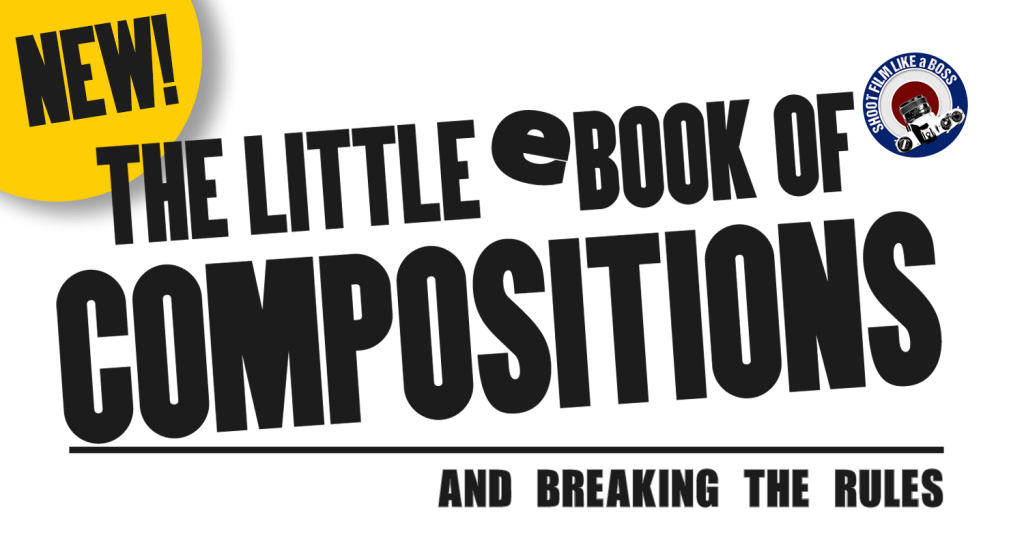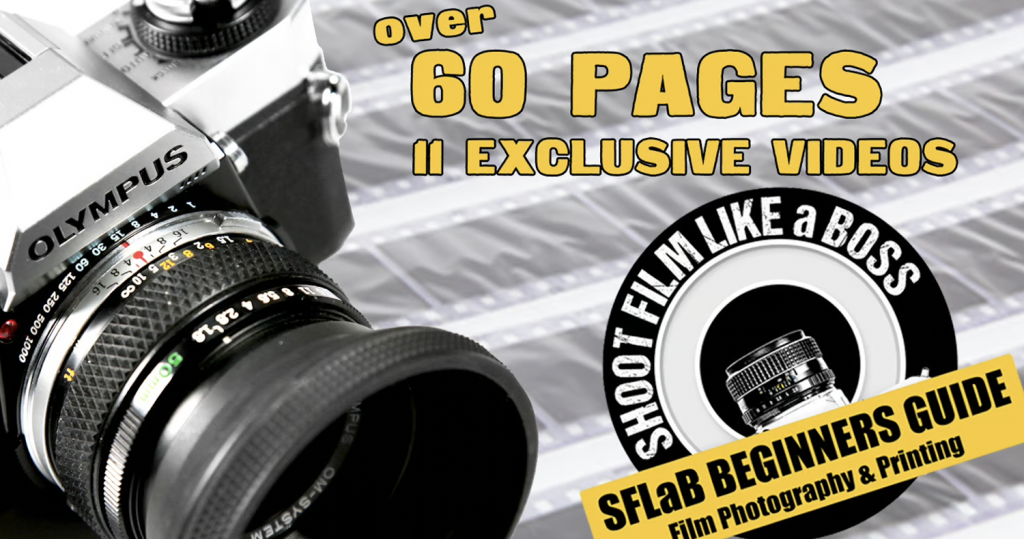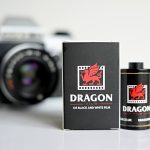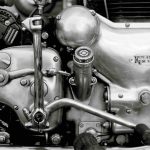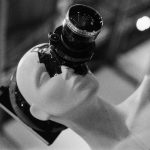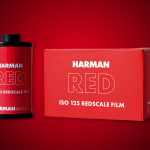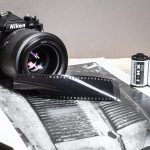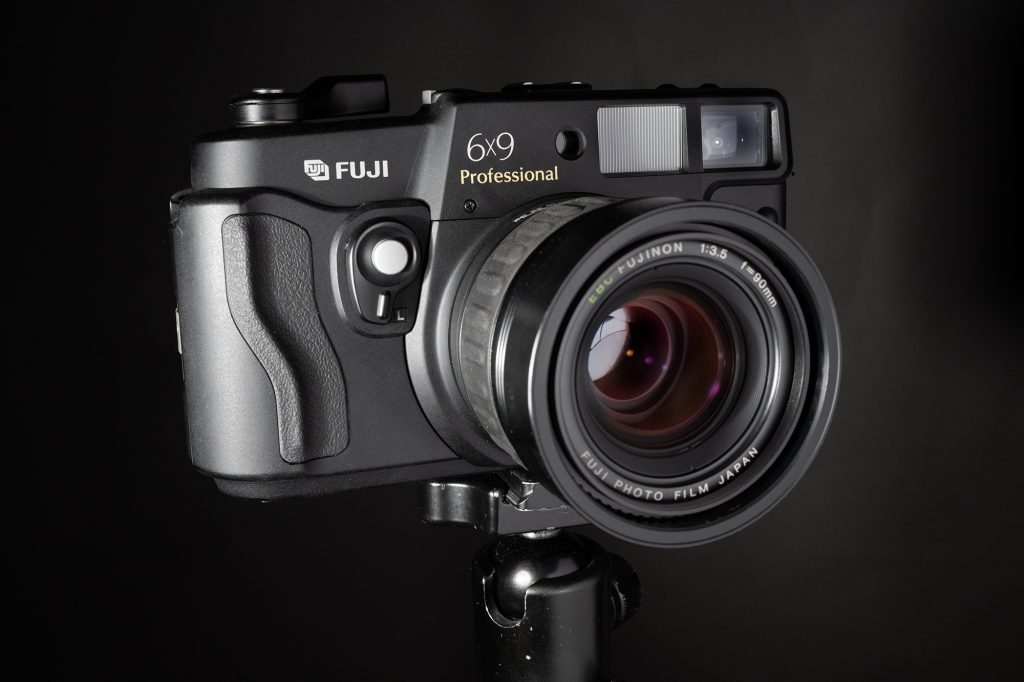
The Fuji GW690III, affectionately nicknamed the “Fuji Beast,” and also the “Texas Leica” may not be the flashiest camera on the block, but for dedicated film photographers seeking exceptional image quality and a unique shooting experience, it’s a legend.
My first experience: (See the video here)
I was in Bahrain recently and this “New to me” Camera, sourced from the Japan Camera Hunter, was hanging off my neck as I took to a Farmers Market to take photographs of the daily hustle. It looks heavy but weighs in at around 1500g and wasn’t uncomfortable at all to carry.
Two rolls of Ilford Delta 100 which I pushed to 400 and a roll of Ilford Ortho 80. Why did I push the film? I wanted a contrasty look and also be able to shoot faster shutter speeds and smaller apertures.
I didn’t have long to take my photographs as my Wife and Daughter also wanted some time with me, however, it didn’t take me long to bang out three rolls of 120! With only 8 shots per roll I found myself done in no time eagerly awaiting to see the fruits in development. What a camera!

Above: Nikon Zf just to show the colours of the Market. Below: Ilford Delta 100 (400)

The Power of 6x9cm:
Unlike most 35mm film cameras, the GW690III captures images on much larger 6x9cm negatives. This translates to exceptional image quality with incredible detail, dynamic range, and grain characteristics. However, be prepared for larger film costs and special scanning needs. I scanned these at home using a DSLR. So much detail comes from these negatives. Especially in the darkroom making prints.
Okay, so we only get 8 shots per 120 film. It certainly makes you think more and wait longer for a shot. With this in mind you find yourself slowing down, taking time and opens your creative mind. If I get 8 good shots from a roll of 36 in a 35mm camera I’d be happy!

Rangefinder:
Using the GW690III’s rangefinder is an exercise in mindfulness. You become one with the camera, the rhythm of your fingers adjusting focus, your eye a laser locked on the scene. It’s a deliberate dance, a far cry from the autofocus point-and-shoot we’re accustomed to.
It offers more than just basic focusing. The superimposed frame lines let you compose directly in the viewfinder, aiding in precise framing decisions. Additionally, the parallax correction markings compensate for minor shifts in perspective when focusing close-up, ensuring your subject remains precisely where you envision it.

A Legacy of Excellence:
Released in 1992, the GW690 III wasn’t the first in its line, but it refined the concept. Its predecessors, the GW690 and GW690II, laid the groundwork, but the III brought portability, image quality, and user-friendliness to a new level. Designed by Hiroshi Ohtake, mastermind behind the Leica M6, the GW690III boasted a sleek rangefinder design reminiscent of its Leica cousin, but on steroids.
Below: Behind the scenes of the market. Two little children sitting on their father’s boxes. Ortho 80.

Built for Deliberate Photography:
This camera isn’t for point-and-shooters. It’s a manual beast, demanding you to slow down, think, and compose each shot carefully. With no autofocus, no fancy metering modes, and a viewfinder that takes getting used to, it forces you to become one with the camera and the scene. Its charm lies in this deliberate process, making each capture a conscious decision.
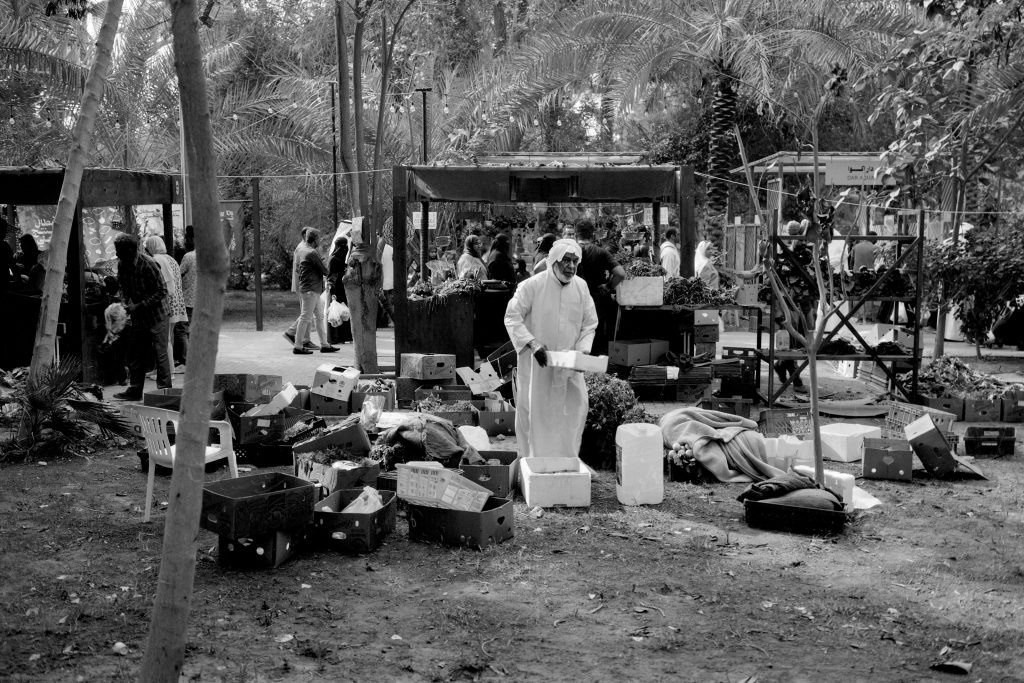
The “Beastly” Heart: The 90mm f/3.5 EBC Fujinon Lens:
One of the camera’s true highlights is the incredible 90mm f/3.5 EBC Fujinon lens. This sharp, contrasty beauty renders scenes with stunning detail and a unique signature bokeh. From landscapes to portraits, its versatility shines, making it a true all-rounder. EBC stand for Electron Beam Coating. Sounds impressive anyway!
Below: The results of pushing Delta 100 2 stops. Contrast crazy! 510 Pyro Developer.
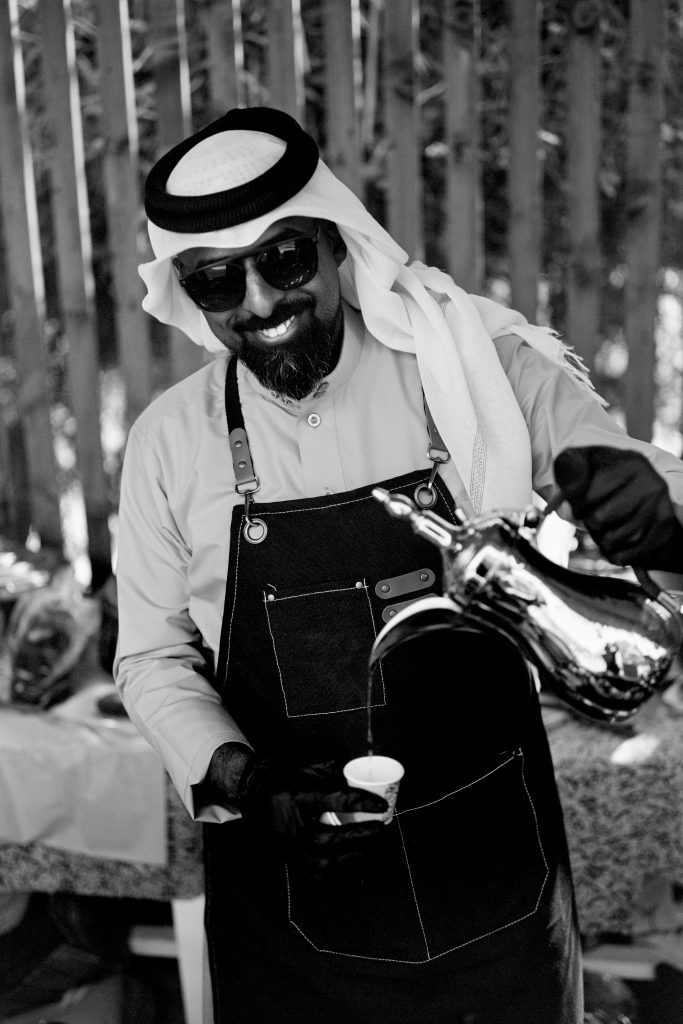
A Quirky Charmer:
The GW690III isn’t without its quirks. Its bulky size and weight might not be for everyone, the viewfinder takes some practice to master, and the lack of automation requires film photography know-how. But for those who embrace its uniqueness, it becomes an extension of their creative vision.

Is the Fuji GW690III Right for You?
If you’re a seasoned film photographer who thrives on slow, deliberate shooting, appreciates exceptional image quality, and enjoys the challenge of a manual camera, the GW690III could be your dream companion. However, if you crave automation, portability, or affordability, it might not be the perfect fit.
The Final Verdict:
The Fuji GW690III isn’t just a camera; it’s an experience. It’s a testament to the beauty of slow photography, rewarding those who invest time and effort with unparalleled image quality and a unique creative journey. So, if you’re ready to embrace the deliberate path, the “Beast” might just be waiting to unleash its magic on your film.
